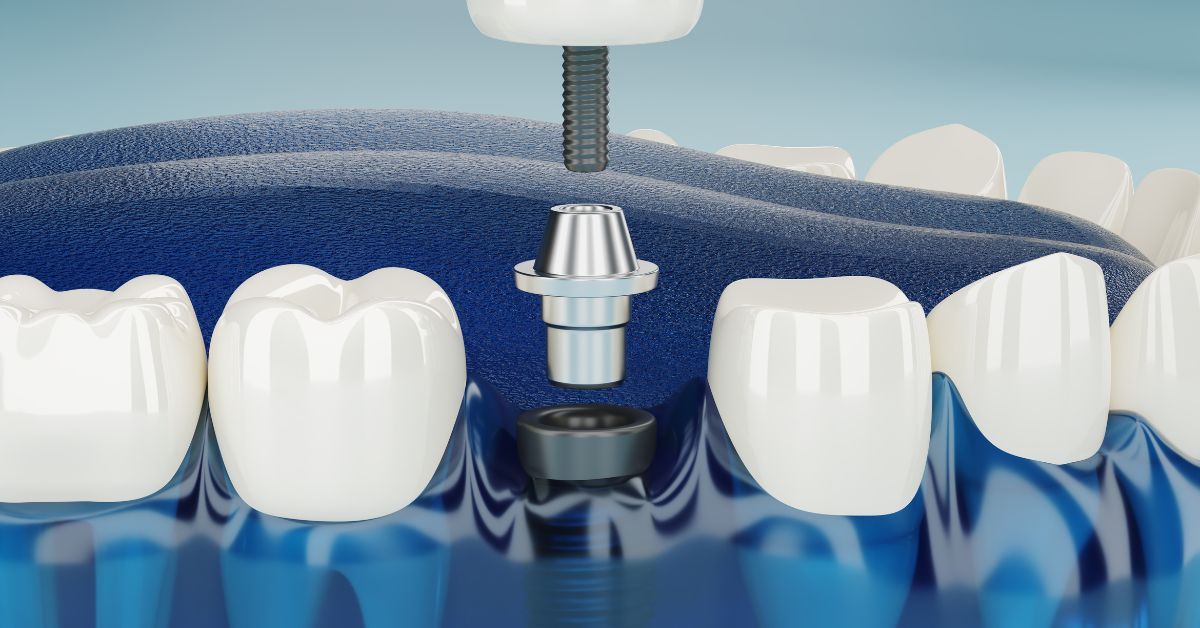Dental bridges are a common solution for people who have lost one or more teeth. These prosthetic devices help restore the appearance and function of the smile, ensuring proper chewing and speaking ability. But have you ever wondered, “What are dental bridges made of?” The materials used in dental bridges play a crucial role in their durability, strength, and appearance.
In this article, we will explore the different materials used to create dental bridges, how they work, and the advantages of each option.
What Are Dental Bridges Made Of?
Dental bridges can be made from various materials, each with its specific advantages. Understanding these materials will help you choose the best option for your dental health and aesthetic preferences.
Materials Used in Dental Bridges
Dental bridges are commonly made from the following materials:
-
Porcelain: Known for its aesthetic appeal, porcelain is one of the most popular materials for dental bridges. It closely resembles natural tooth enamel in both color and texture.
-
Metal: Metal bridges are durable and long-lasting but tend to be less aesthetically pleasing. They are often used for back teeth where appearance is less important.
-
Porcelain-Fused-to-Metal (PFM): This type of bridge combines the durability of metal with the aesthetic properties of porcelain.
-
Ceramic: Ceramic dental bridges are similar to porcelain but tend to be slightly more durable. They are a good option for people who need stronger bridges.
-
Resin: Resin bridges are more affordable but may not be as durable as other materials.
Why the Material of Dental Bridges Matters
The material of your dental bridge plays a critical role in several aspects of your oral health:
-
Durability: Stronger materials, like metal and porcelain-fused-to-metal, offer better longevity.
-
Aesthetics: Porcelain and ceramic bridges provide a natural-looking result that blends well with your teeth.
-
Comfort: Materials like porcelain and ceramic are less likely to irritate your gums compared to metals.
The Advantages of Different Materials for Dental Bridges
Choosing the right material for your dental bridge depends on various factors, including where the bridge is located and your budget.
-
Porcelain Bridges:
-
Pros: Excellent appearance, matches natural teeth color.
-
Cons: Can be more expensive and may not be as durable as metal options.
-
-
Metal Bridges:
-
Pros: Very durable and long-lasting.
-
Cons: Less aesthetically pleasing, particularly for visible teeth.
-
-
Porcelain-Fused-to-Metal Bridges:
-
Pros: Strong and aesthetically pleasing.
-
Cons: Can wear down over time, and the metal may be visible along the gum line.
-
-
Ceramic Bridges:
-
Pros: Provides a natural look and excellent strength.
-
Cons: May not last as long as metal-based bridges.
-
-
Resin Bridges:
-
Pros: Cost-effective and suitable for short-term use.
-
Cons: Less durable and prone to wear and tear.
-
How Long Do Dental Bridges Last?
The lifespan of a dental bridge depends on the material and how well you care for it. Typically:
-
Porcelain and PFM Bridges: Last 10-15 years with proper care.
-
Metal Bridges: Can last even longer, often 15 years or more.
-
Ceramic and Resin Bridges: Generally last 5-10 years.
Regular check-ups and good oral hygiene can significantly extend the life of your dental bridge.
What to Expect During the Dental Bridge Procedure
The process of getting a dental bridge typically involves two or more visits to your dentist. Here’s what you can expect:
-
Initial Consultation: Your dentist will assess your dental needs, take X-rays, and discuss your material options.
-
Tooth Preparation: Your dentist will shape the teeth that will hold the bridge (abutment teeth).
-
Bridge Creation: Impressions will be taken, and a custom bridge will be made in a dental laboratory.
-
Fitting and Adjustment: Once the bridge is ready, it will be fitted and adjusted for comfort and function.
-
Final Placement: The bridge will be permanently cemented into place.
FAQs
1. Can dental bridges be replaced?
Yes, dental bridges can be replaced if they become worn out or damaged over time.
2. How much do dental bridges cost?
The cost of dental bridges depends on the material used, the location of the teeth, and the complexity of the procedure. On average, dental bridges can cost anywhere from $500 to $2,500 per unit.
3. Are dental bridges covered by insurance?
Many dental insurance plans do cover dental bridges, but coverage varies. It’s best to check with your insurance provider for specifics.
4. Can I eat normally with a dental bridge?
Yes, once your dental bridge is securely in place, you should be able to eat most foods. However, it’s advised to avoid sticky or hard foods that could damage the bridge.
5. Are dental bridges permanent?
Dental bridges are designed to be long-lasting, but they may need to be replaced after many years of use.
Conclusion
Dental bridges are a practical solution for people with missing teeth. With various materials available, including porcelain, metal, and ceramic, each type offers its own unique benefits. Your choice of material will depend on factors like aesthetics, durability, and cost. Regardless of the material, dental bridges can restore your smile and improve your oral function. Make sure to consult your dentist to choose the best option for your specific needs.
